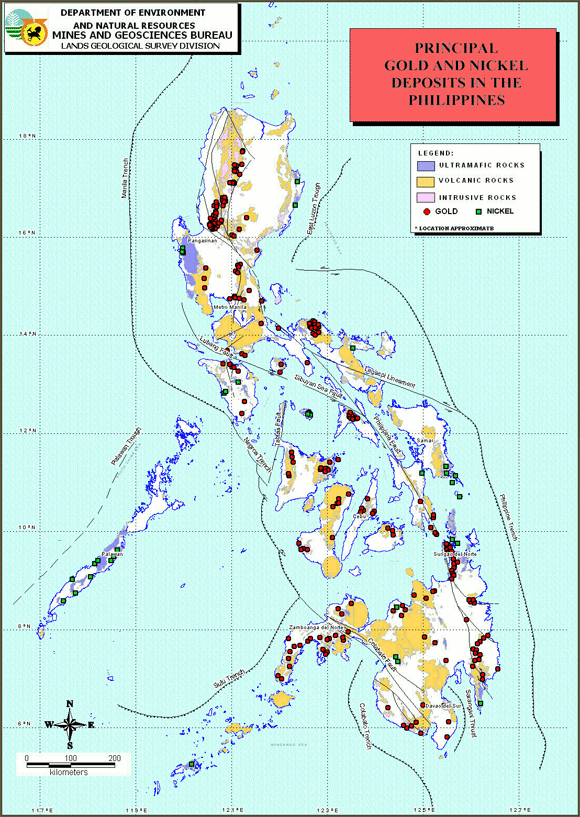ЮВА: Филиппины

The Philippines may be viewed as a collage of metamorphic terranes, magmatic arcs, ophiolitic complexes, sedimentary basins and continental block of Eurasian affinity subjected to tectonic processes such as subduction, collision and major strike slip faulting. The subduction zones are represented on the east by the west dipping Philippine Trench traversing the eastern seaboard of the Philippines from Mindanao up to a point in Luzon and the East Luzon Trough. East dipping subduction zones include the Manila Trench, Negros Trench and Cotabato Trench. The southern termination of the Manila Trench is characterized by the transformation of the subduction of the South China Sea Plate into an arc-continent collisional deformation within Mindoro Island.

Ophiolitic complexes include those in Isabela, Polillo Island, eastern Rizal, Camarines Norte, Caramoan Peninsula, Mindoro, southern Palawan, Panay Island, Bohol Island, Leyte Island, Samar Island, Dinagat Island Group, north-central Zamboanga, Mindanao Central Cordillera and Pujada Peninsula. Ultramafic rocks of these ophiolites are hosts to significant deposits of chromite and nickel. Laterites over these rocks also contain economic deposits of secondary nickel minerals. On the other hand, massive sulphide and manganese deposits are associated with the volcanic and sedimentary carapace of the ophiolite.

Gold and copper deposits in the Philippines tend to be clustered in certain areas such as Luzon Central Cordillera, Camarines Norte, Surigao and Davao, although large deposits may also be found elsewhere, as in Zambales (Dizon mine), Cebu (Atlas mine) and South Cotabato (Tampakanroject). Many copper-gold deposits are associated with intrusions (mostly diorite and quartz diorite, but also monzonites and syenites) as well as Pliocene - Pleistocene volcanism (Lepanto mine at Mankayan, Benguet). Iron deposits are also associated with Neogene intrusions of diorite and quartz diorite.
http://www.grco.kr/main/?skin=geology.htm